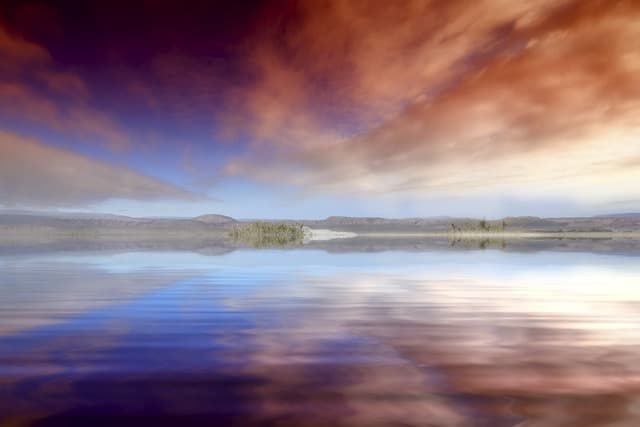Have you ever wondered how you could improve your photography skills to get on par with the professionals? To be able to shoot in any situation, regardless of bad light and everything else? To easily be able to find an opportunity to take a good shot, even if others fail.
What is the secret to the right approach to getting good shots? There are only seven of them….
Wake up your senses
When you first encounter photography it seems like a very technically oriented hobby. There are exposure settings, light metering, and a host of other concepts bordering on physics. But the more you practice, the more you realize that it’s quite different. Photography is the process of sharing with others what you see. If you open your eyes to see less than others, how can you expect to get good photos? To improve your photos, you need to see differently from the rest of us. This means that you need to learn how to use your eyes in a whole new way. The next time you are walking down the street, pay attention to people. They are looking at their feet or at their phone.
Grab interesting things as soon as you see them
Develop yourself by studying other people’s work. Regularly review and analyze photos every day. This allows you to see how a beautiful photograph is made. Regardless of your understanding, this will develop taste and influence your work, the way you create your shots. For this reason, it is important that you immerse yourself in art on a daily basis. Find and collect good photographs. Subscribe to a photography magazine. Visit art galleries.
Study the psychology of vision
You’ll be surprised to learn that much of what you see is determined not by your desire to look, but by something more powerful. Thousands of years of survival have forced us to adjust and follow certain visual images and ignore others. And from birth, we are trained and directed to look only in one particular direction and no other. Fortunately for us, brilliant psychologists and anthropologists have pinpointed exactly what visual triggers act on humans. Understanding the psychology of seeing will provide a clear understanding of why some photographs work and others don’t. Unlike most photography books that only make assumptions. Some authors have a natural knack for creating work that captures attention, excitement and awe. Those who don’t succeed can start studying the psychology of visual communication to improve their work. Moreover, you will develop knowledge and have a much greater understanding than any “talented” author.
Meditate
Our thoughts can block creativity. This is especially noticeable when you have to combine creativity and technical aspects. A very serious problem, is worrying about not being able to get the right shot and make it technically sound. Because of this, it can be very difficult to stay focused on the creative component. This is why it is very important to free your mind from this mental baggage. Set yourself a goal of at least five minutes a day to just breathe without doing anything or thinking about anything. To make it easier, focus on your breathing. Pay attention to how you feel when the air goes into your lungs. Notice how it feels when you exhale. Feel with your skin the temperature of the air and the breeze. What it smells like. When some thoughts come into your mind, gently remind yourself to focus only on your breathing. Meditation is needed to develop the ability to focus on only one thing. This approach is very important for developing your skills. It will strengthen your resolve to seek and find the beauty around you without being distracted by useless things.
Open your eyes
Beauty is all around you. It’s on the floor. On the walls. In your yard. You may not have been able to see it before. But there are no excuses now. Make it a habit to keep your eyes open. Strive to look for the beauty around you throughout your day. Do it every single day. Start right now!
Look away from the screen, take a closer look at the textures around you. Study the arrangement of objects. Look closely at the light and how it illuminates everything around you.




